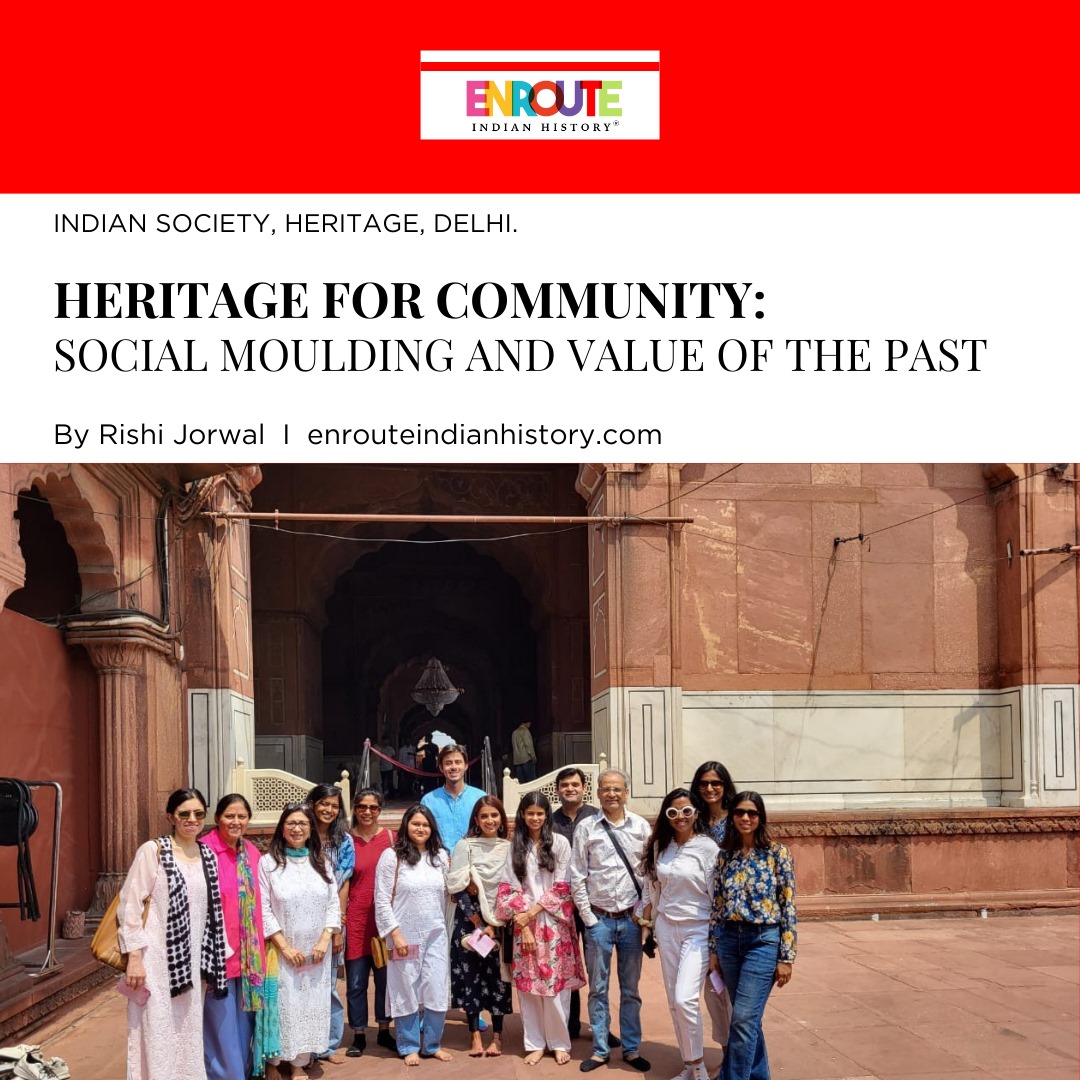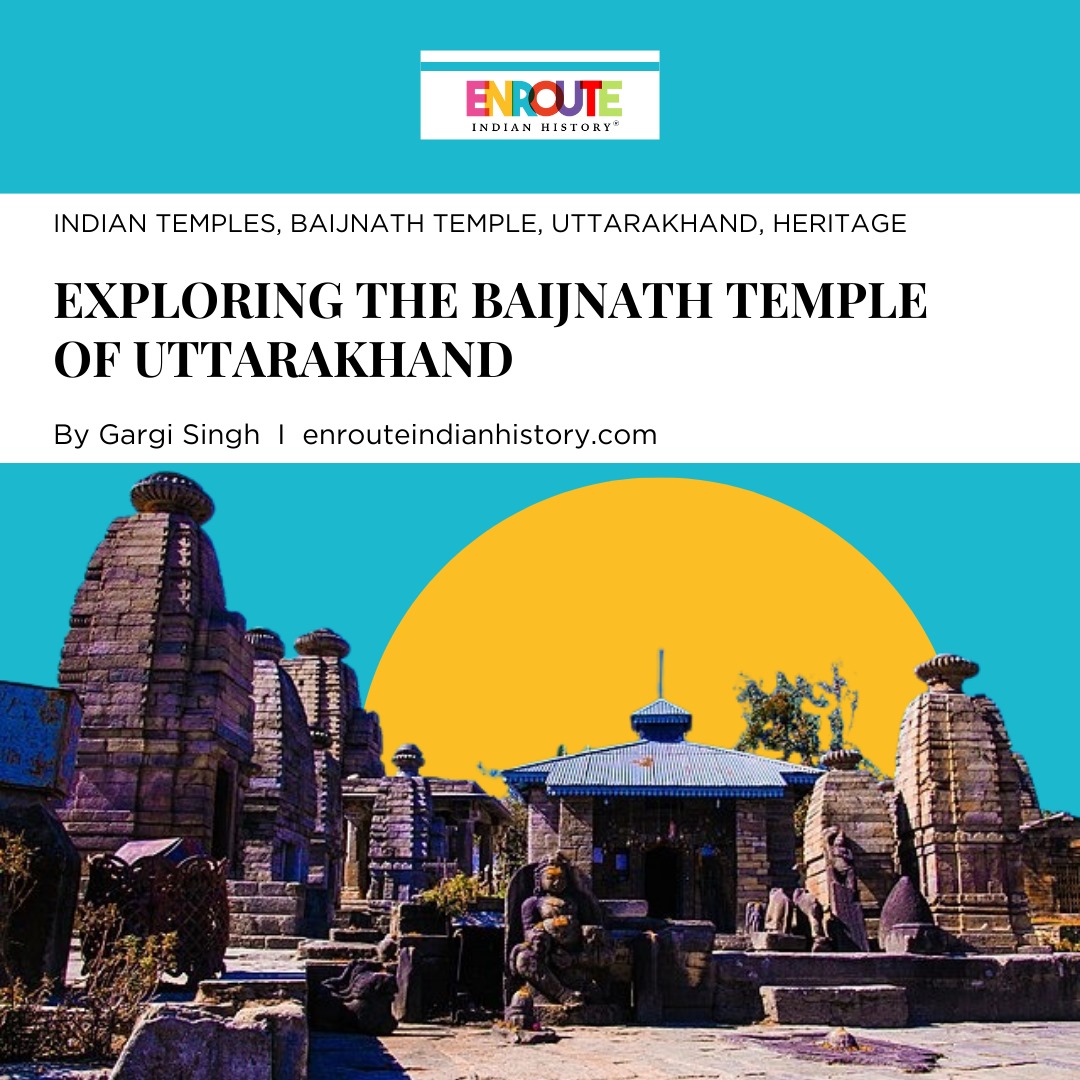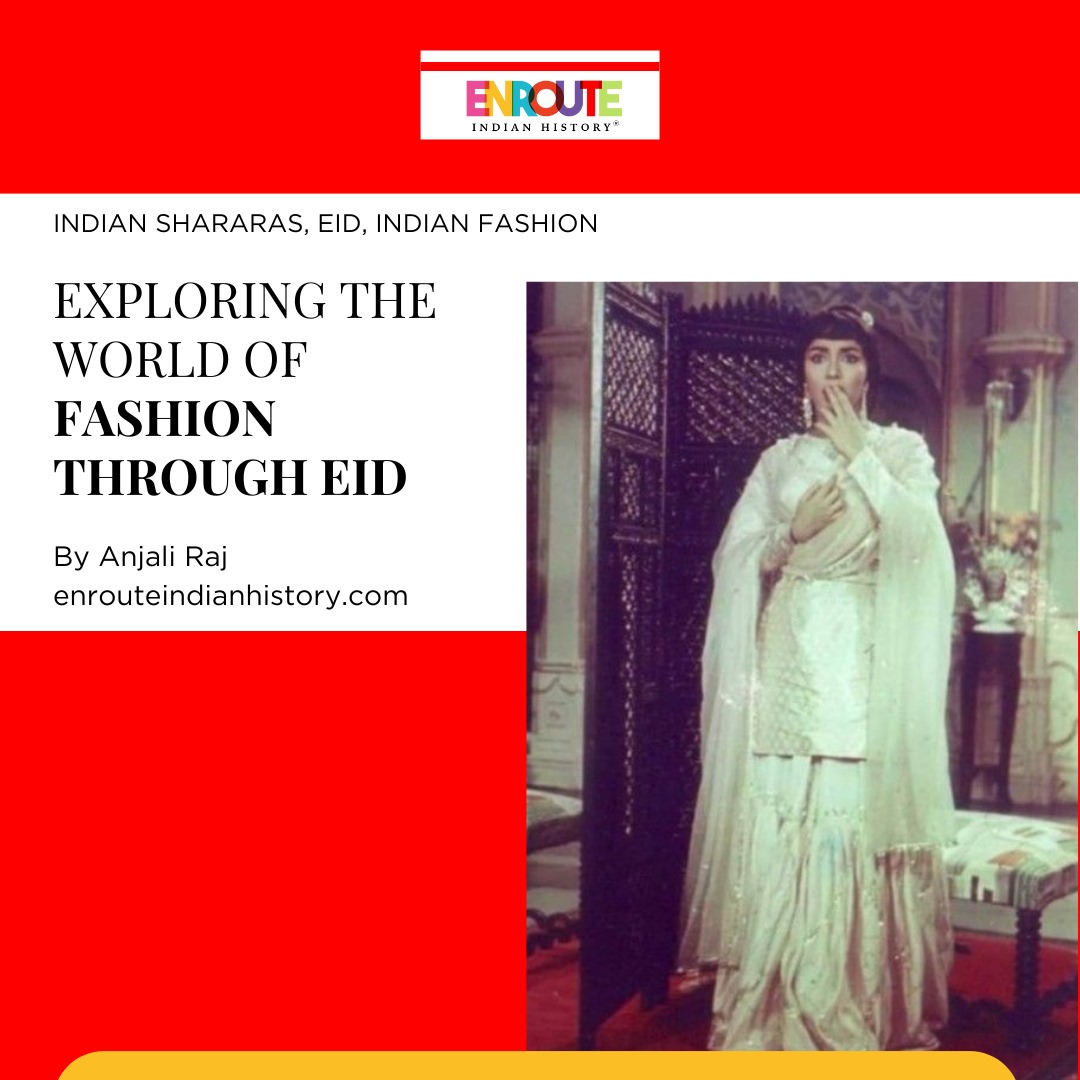
People, regardless of their faith, regard marriage as an integral part of their lives and ensure that moral values and traditions are followed and preserved for the sake of society. In society, marriage is the first bond – followed by children, the family, and everything in common. Following the rise of post-modern society, men’s and women’s interaction has undergone a drastic change, particularly their attitudes towards cohabitation. We have evolved from a society where living in a house with a man and woman without being married was considered a sin to a society where live-in relationships are more desirable than divorce.
As new norms are formed, we find ourselves in a perpetual state of change. From a holy sacrament to a formal contract, Hindu marriage has undergone a drastic change. Urban areas have started to accept live-in relationships as a means of avoiding marriage even though they are still taboo and considered a sin in India. Live-in relationships challenge marriage institutions deep within India’s social fabric. Similarly, any concept that is rooted in society requires a legal definition. It is therefore necessary to prove that a law is beneficial to society and advance social objectives and needs before it can assess the rights and liabilities of individuals involved in such a relationship.
Marriage was viewed as vital for the fulfillment of men’s and women’s life purpose in ancient India, and without it, men and women could not attain the four Purusharthas, the four ideals of life, Dharma, Artha, Kama, and Moksha. According to Hindu philosophy, marriage is a religious sacrament and a means of fulfilling family and societal obligations.
Despite the phrase live-in relationship seeming novel, there are eight different kinds of marriage in the Vedas: Brahma, Daiva, Arsha, Prajapatiya, Asura, Gandharva, Rakshasa, and Paisacha. As one of the eight types of Hindu marriage, Gandharva marriage is closely related to a live-in relationship. The Gandharva form of marriage was most popular during the Vedic era. In this type of marriage, the couple lives together by love and consent. It culminates in a lovemaking situation that is born out of passion without needing the consent of their parents. A verbal commitment is all that is needed to solemnize the marriage; it does not involve the couple’s family or rituals. Yet it remains a marriage. Rishi Kanva, Shakuntala’s foster father, suggests the Gandharva union in the Mahabharata. The finest union for a desiring woman and a desirous man, he believes, is not marked by rituals.
Heterosexual individuals may also enter into friendship and companionship contracts, known as Maitreya Karars or companionship contracts, in which they agree to care for, treat, and live with one another. Originally developed in Gujarat, this was a way to prevent bigamy. A Hindu man may enter into a covenant with his “other woman” to avoid this restriction. The Maitray Karar constitutes the formal agreement between a married man and an unmarried woman to provide food, clothing, housing, and other essentials of life in exchange for support. Women in Maitray Karar, however, had a more robust status than women in live-in relationships.
The freedom to choose a life partner is guaranteed for women and men in almost all tribal societies. Thus, tribal girls in Jharkhand who belong to the Oraon, Munda, or Ho tribes can form a “Dhuku” marriage with their male partners without getting married. Due to the purely social nature of such relationships, the women in such relationships are called “Dhukua” or “Dhukni,” and they do not have legal property rights. Due to the lack of time and resources, many couples who have been together for years simply move in together and start a family.
It is important to note that despite the narrow history and selective social significance, as well as the absence of specific legislation, the judiciary’s wisdom has greatly contributed to understanding the problems associated with live-in-relationships and has maintained a balanced view. Live-in relationships are defined by the law as “an arrangement under which unmarried couples live together to maintain a long-term relationship similar to a marriage.” The Supreme Court explicitly approved live-in relationships.
It is a case-by-case approach that the Indian judiciary uses when interpreting the law on Live- Relationships. The Supreme Court of India has acknowledged that a couple who has lived together for 30-50 years is a valid marriage. The decision made by the Supreme Court in Badri Prasad v. Dy. Live-in relationships, as depicted in Director of Consolidation (1978), are permitted in India, subject to conditions such as consent, soundness of mind, and the age of marriage.
The term “live-in relationship” has rarely been used by the courts to clarify the legal status of a domestic partner or other similar connections in decisions made before 2000. The Allahabad High Court ruled in 2001 that it is not illegal for a man and a woman to remain together without getting married. The Supreme Court made it clear that it would grant maintenance to a woman in a live-in relationship in several decisions in 2010 that dealt with live-in relationships.
In the case of Dy. versus Badri Prasad the Supreme Court of India first recognized the live-in relationship as a valid marriage, which was the first case after independence to grant legal validity to a couple’s 50-year live-in relationship. In the case of Khushboo vs. Kanniammal (2010), the Supreme Court ruled that although living together may be unethical in strict Indian society, it is not illegal and is in fact a right to life.
The general proposition that the Privy Council established in A. Dinohamy v. W.L. Blahamy was that: Unless it is clear that they were living together as a result of a justifiable marriage and not as paramours, the law will conjecture that the couple lived together as wife and husband. In SPS. In Balasubramanyam v. Suruttayan, the Supreme Court said that under Section 114 of the Indian Evidence Act, long-term cohabitation by a man and a woman in the same house who think they stay as spouse and wife and have children is not illegal. This decision showed that live-in partnerships for a long time are legally treated the same as marriages.
In contrast, in Alok Kumar v. State, the High Court ruled that a living relationship is a walk-in and walk-out relationship with no strings attached. The parties are not legally bound it is a living agreement that is renewed or extended each day by the parties. It can be ended by either party without the other party’s consent, and one party can leave at any time. In addition, in the cases Gulzar Kumari v. State of Punjab and Ujjawal v. State of Haryana, the Court stated that cohabitation in a live-in relationship is morally and socially unacceptable and is capable of destroying the social fabric of Indian society. As a result, the Court refused to grant protection to couples cohabiting in a live-in relationship.
Following verdicts in Indian courts and foreign courts, there is no doubt that live-in partners can claim inheritance if there exists an express or implied contract between the two. It has long been recognized by the Indian judiciary that long-term cohabitation between two partners is equivalent to marriage and therefore entitles them to an inheritance right. An inheritance statute can be drafted to grant inheritance rights to those who have been living together for a long period.
As an example, the Supreme Court ruled in Chanmuniya v. Virendra Kumar Singh Kushwaha that “in the case that a man has lived with a woman for a long time but has not yet achieved legal separation, he should still be liable for maintenance if he deserts her even though he may not have undergone the legal requirements for marriage. Legal loopholes should not allow men to benefit from de facto marriage while neglecting the duties and obligations involved. Furthermore, the Court felt that the term “wife” should be interpreted broadly under Section 125 of Cr.P.C. for maintenance claims, so that even women living together can seek maintenance.
For same-sex couples, live-in relationships are the only type of union recognized by law to some extent, so these rights and benefits are not specified. In an opinion issued by the Uttarakhand High Court, same-sex couples continuing to live together is not unlawful. According to the ruling of the Orissa High Court, same-sex live-in relationships are recognized as constitutionally protected. Taking a case in the Punjab and Haryana High Court, the Court ruled that same-sex couples are entitled to live-in relationships and to protect their lives and freedoms under Article 21 of the Indian Constitution. However, the law has not yet recognized the same-sex couple’s union, even though they can live together without penalty. Despite being denied freedom of expression for decades, the union continues to fight for the legalization of same-sex marriages, while for now, a live-in relationship is the only option allowing same-sex couples to do as they wish.
Amid modernization, marriage as a lifelong social bond is questioned because of its complexities and legal requirements. Despite an increase in live-in relationships, marriage remains unaffected. However, self-proclaimed conservatives have good reason to be concerned about the decline of the family system and the rise of a commitment-phobic generation. Change in society affects laws, and laws must change with people’s social aspirations. Whether it is marriage or divorce, the goal of equality enshrined in our Constitution can be reached in the personal sphere.
References –
N. Prabhavathi, Dr. P. Ravishehara Raju – The Judicial Approaches Towards “The Notion Of Live-In-Relationship” – A Critical Analysis In Indian Perspective
Arun Mishra – Live-In Relationship and Social Change in India: A Legal Analysis
Amartya Bag – Succession Rights In Case Of Live-In Relationships: An Analysis In The Indian Context
Kalika Acharya, Sankalp Udgata – Live-In-Relationships In India And Their Impact – A Sociological Study
S.G. Bhat – Laws Of Marriage From “Sastras” To Statutes – Inequality To Equality A Sociological Study Of The Forms Of Marriage In Ancient India (A Résumé) Author(S): Ludwik Sternbach
Saloni Aggarwal – Same Sex Live-In relationship
Shikha Bhatnagar – Live-in relationship: an Indian perspective
- April 18, 2024
- 5 Min Read
- April 18, 2024
- 7 Min Read

























